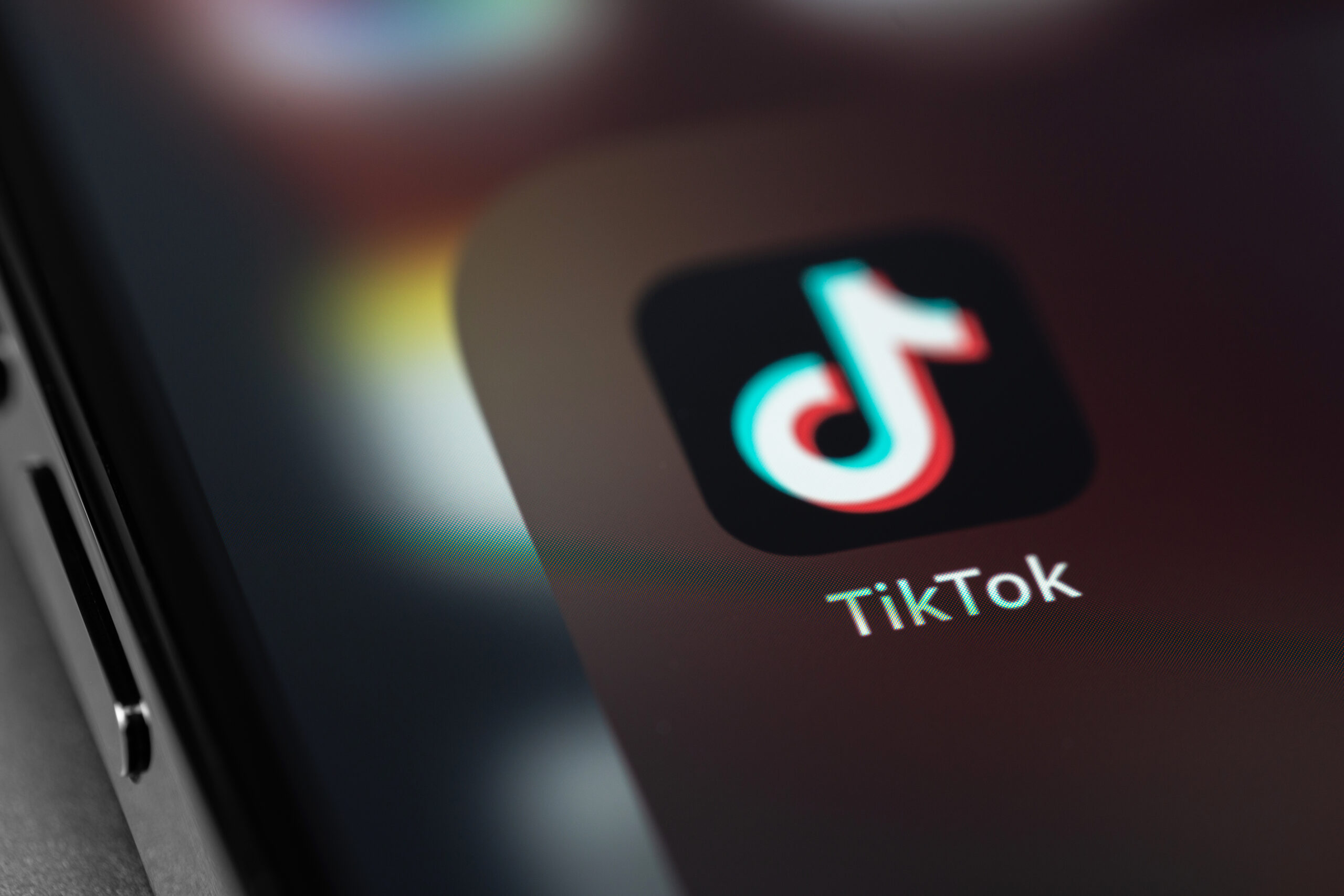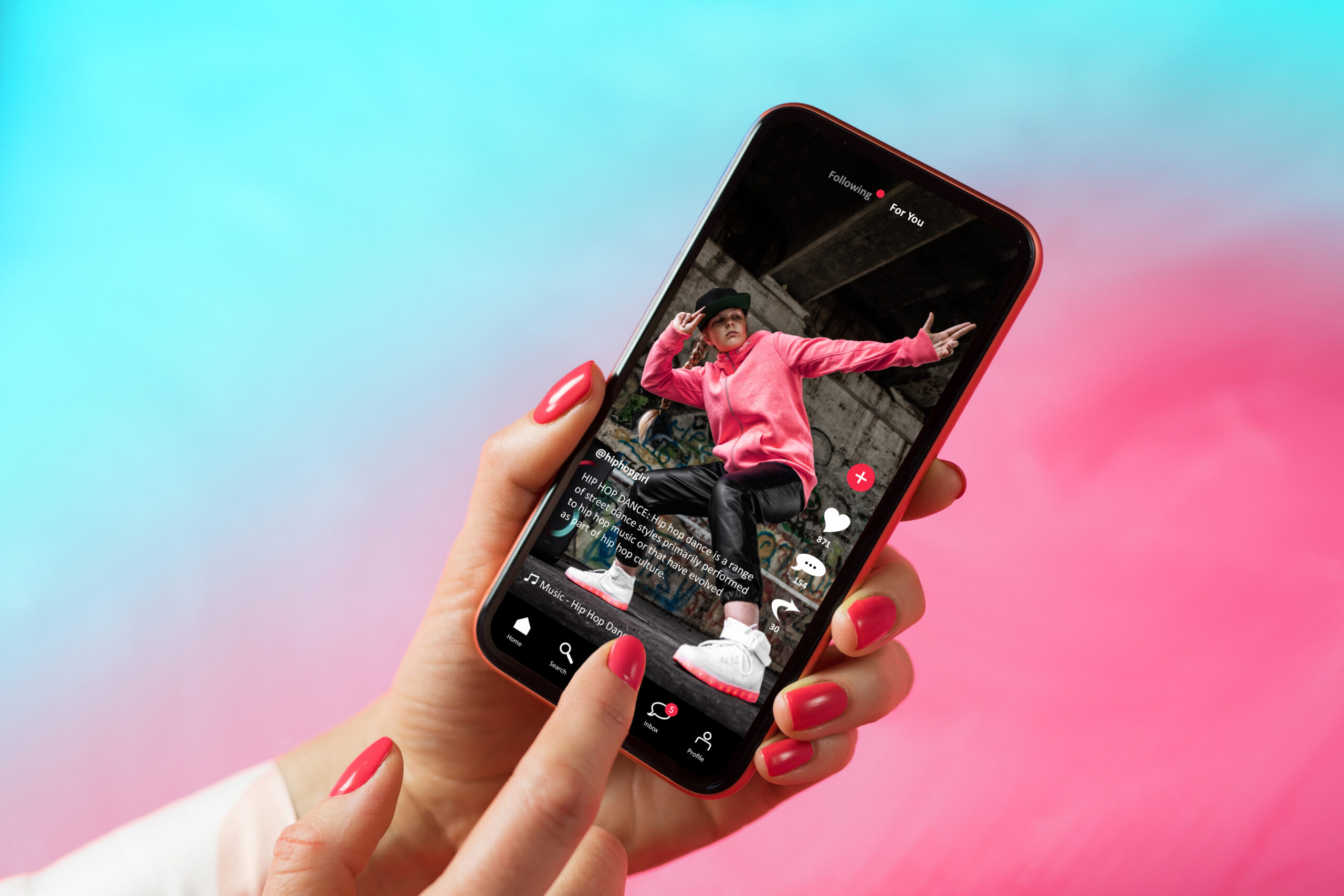The sudden return of TikTok to the U.S. market after its temporary ban highlights just how volatile the social media landscape can be. For brands, this serves as a wake-up call: relying too heavily on one platform is a risk that can leave your marketing strategy vulnerable to disruption. Whether it’s a regulatory issue, a platform shutdown, or shifting consumer preferences, diversifying your social media strategy is critical to long-term success.

What Happened with TikTok?
Earlier this year, TikTok faced a significant setback when a U.S. ban temporarily removed the platform from app stores. Millions of brands and creators scrambled to save their content and pivot to other platforms. However, following regulatory adjustments and new compliance agreements, TikTok is back online and fully operational. This incident underscores the importance of adaptability in an era where platforms can rise and fall overnight.

Why Diversification Is Key
Social media platforms are powerful but unpredictable. A robust marketing strategy doesn’t just rely on one platform—it ensures that your brand can thrive no matter what happens in the digital space. Here are key reasons to diversify:
- Mitigating Risk: If one platform faces regulatory issues, algorithm changes, or shutdowns, your brand won’t be left without a digital presence.
- Reaching Varied Audiences: Each platform attracts a unique demographic. Expanding your presence ensures you connect with different segments of your target audience.
- Staying Ahead of Trends: New platforms often emerge, offering fresh opportunities for engagement. Diversifying allows you to explore these trends without abandoning your core strategy.

Strategies for a Resilient Social Media Presence
To future-proof your social media marketing, consider these actionable strategies:
- Spread Your Content Across Platforms: Ensure your content lives on multiple platforms, such as Instagram, YouTube, LinkedIn, and emerging channels. Cross-platform promotion not only diversifies your reach but also reinforces your messaging.
- Develop Platform-Specific Strategies: Tailor your content to fit the strengths of each platform. For example, short-form videos might work best on TikTok and Instagram Reels, while thought leadership posts excel on LinkedIn.
- Leverage Owned Media: Focus on building your email list, blog, and website traffic to reduce reliance on third-party platforms. Owned media provides a stable foundation for your brand’s digital presence.
- Monitor Platform Trends: Keep an eye on the evolving features and regulations of existing platforms while staying informed about emerging players in the social media space.
- Create Evergreen Content: Prioritize content that can be repurposed and reused across platforms to maximize its lifespan and impact.
Preparing for the Future
The TikTok ban and subsequent return is a reminder that change is inevitable in the digital landscape. By adopting a diversified, adaptable social media strategy, your brand can weather any disruption and emerge stronger. The key is to stay flexible, stay informed, and continuously innovate.
Need help building a resilient social media strategy? Contact Bluetext to develop a plan that keeps your brand ahead of the curve.